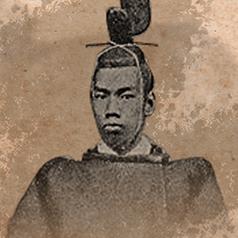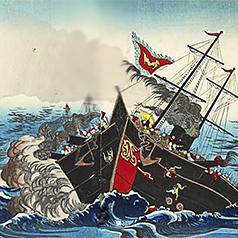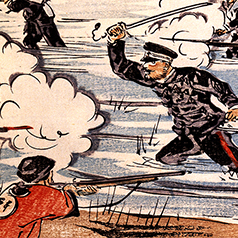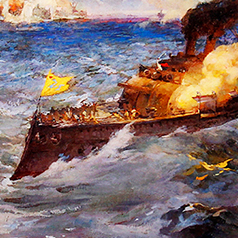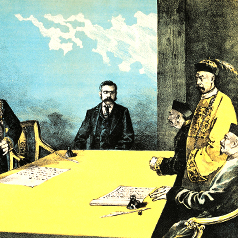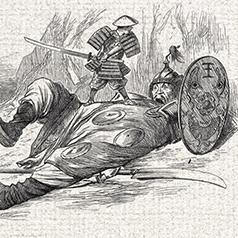
The First Sino-Japanese War (1894-1895)
The First Sino-Japanese War: an Overview
Japan’s rise and expansionism, fueled by the Meiji Restoration, made a war between China and Japan all but imminent. The subsequent First Sino-Japanese War of 1894-95, which resulted in China’s defeat and the bankruptcy of its Self-Strengthening Movement, swept the nation into the whirlpool of historic upheaval and change.
The First Sino-Japanese War: an Overview
Japan’s rise and expansionism, fueled by the Meiji Restoration, made a war between China and Japan all but imminent. The subsequent First Sino-Japanese War of 1894-95, which resulted in China’s defeat and the bankruptcy of its Self-Strengthening Movement, swept the nation into the whirlpool of historic upheaval and change.
(1) Japan’s Meiji Restoration and Expansionist Ambitions
In 1867, a new era commenced in Japan with Emperor Meiji and his subsequent modernization efforts. As a growing nation, Japan embarked on the path of militarism and expansionism, targeting China among others.
(2)The Outbreak of the First Sino-Japanese War
After the Meiji Restoration and with increasing military and political strength, China became a target of Japanese expansionism. The plan was to invade China via Korea, a Chinese dependency. In 1894, Japan seized the opportunity to implement this scheme.
(3) The Modernized Battle
During the First Sino-Japanese War, the battlefront expanded from Korea to China’s Liaodong Peninsula where ports and cities came under siege as the Qing army collapsed.
(4) The Modernized Naval Battle
The Battles of the Yellow Sea and of Weihaiwei during the First Sino-Japanese War were a showcase of Chinese and Japanese naval capabilities. China’s modernization efforts over 30 years during the Self-Strengthening Movement simply vanished as its Beiyang Fleet collapsed.
(5) Signing of the Treaty of Shimonoseki
As a result of its devastating defeat, China had no choice but to negotiate with Japan and accept the harsh terms dictated in the Treaty of Shimonoseki.
(6) The Aftermath of Japan’s Victory
The defeat of the “heavenly kingdom” of China by the so-called “small country” of Japan had a significant impact on China: failed Self-Strengthening Movement, Japanese invasion of Taiwan, scramble for concessions, reform and revolution.




